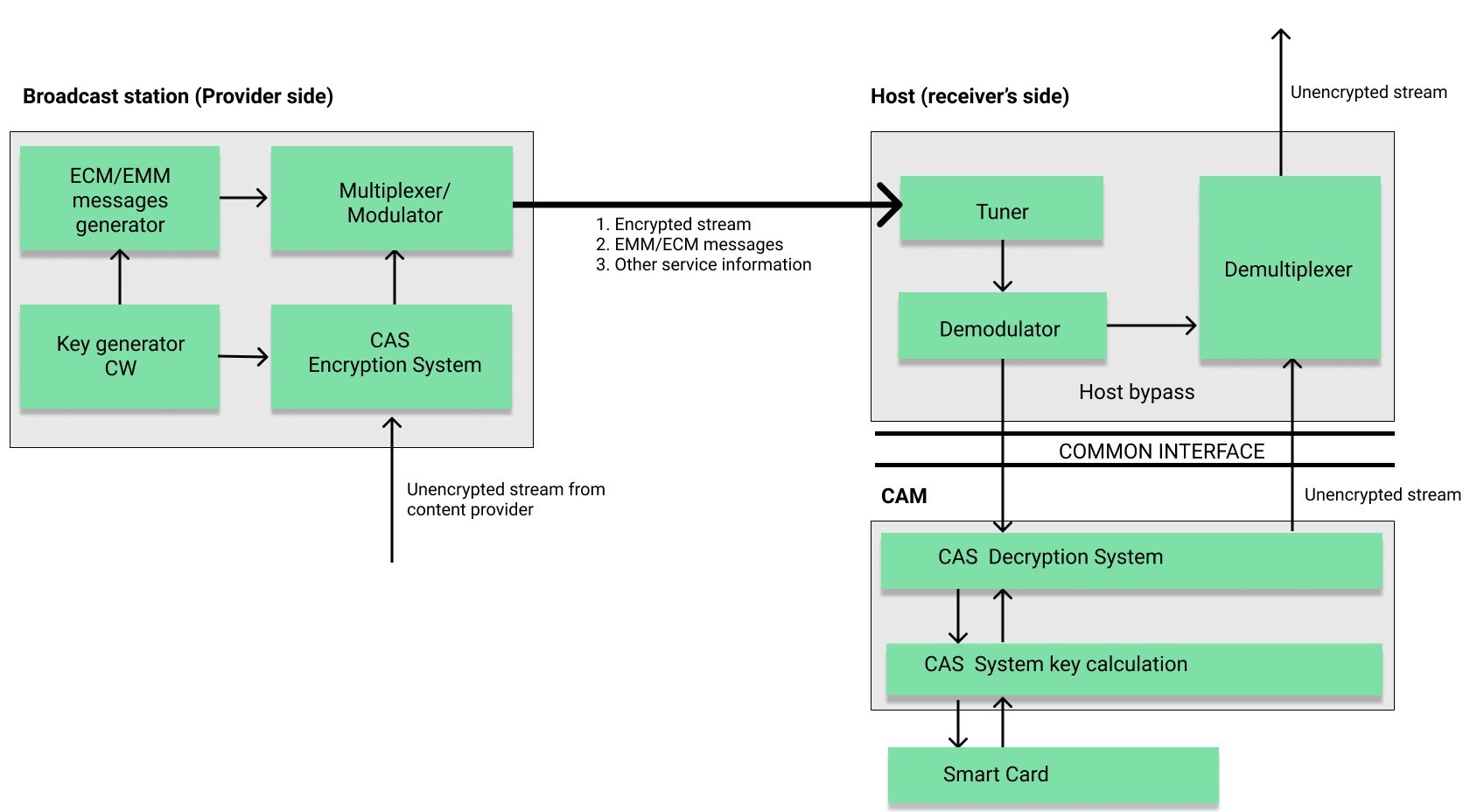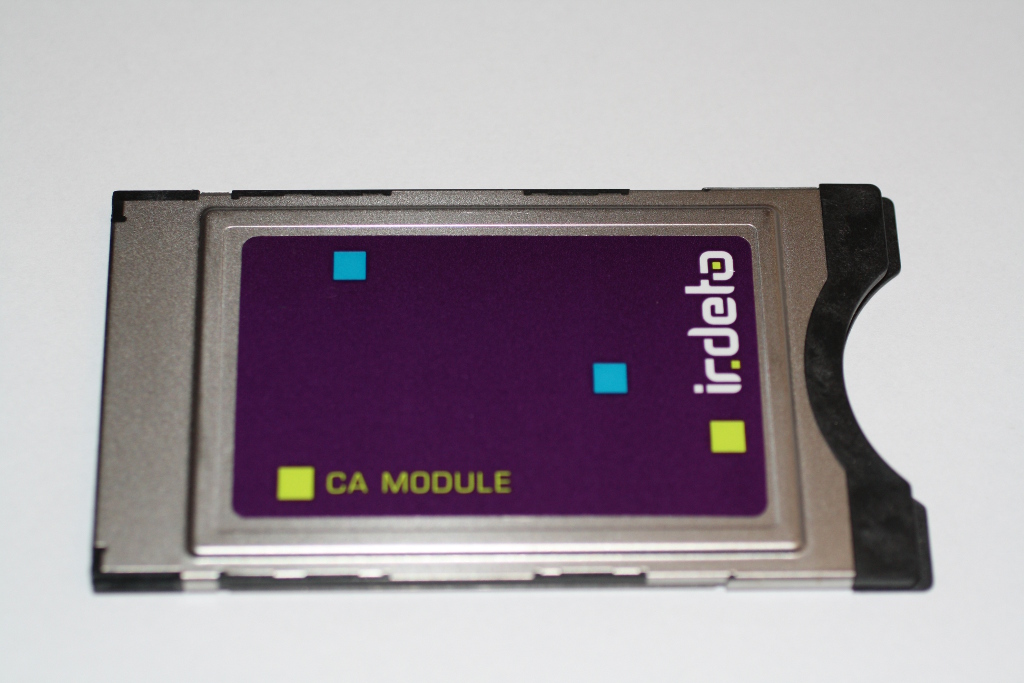

Weakening or attenuating specific portions of the video signal, typically those required to maintain. Specialty channels and premium movie channels are most often encrypted in most countries, broadcasts containing explicit must always be encrypted to prevent reception by those who wish children not to be exposed to this sort of 'adult content.' Technical issues Initial attempts to encrypt broadcast signals were based on analogue techniques of questionable security, the most common being one or a combination of techniques such as. Nowadays some free-to-air content in the USA still remains, but many of the channels still in the clear are ethnic channels, local over-the-air TV stations, international broadcasters, religious programming, backfeeds of network programming destined to local TV stations or signals uplinked from mobile satellite trucks to provide live news and sports coverage. Early encryption attempts such as were common targets for pirate decryption as dismayed viewers saw large amounts of formerly-unencrypted programming vanishing. As satellite dishes became smaller and more affordable, most satellite signal providers adopted various forms of in order to limit reception to certain groups (such as hotels, cable companies, or paid subscribers) or to specific political regions. Signals were obtained for distribution by cable companies using C-band satellite dish antennae of up to ten feet in diameter the first satellite signals were originally unencrypted as extremely few individual end-users could afford the large and expensive satellite receiving apparatus. Early pay TV broadcasts in countries such as the used standard over-the-air transmitters many restrictions applied as were enacted to prevent broadcasters of scrambled signals from engaging in activities to harm the development of standard commercial broadcasting.

History The concept of pay TV involves a broadcaster deliberately transmitting signals in a non-standard, scrambled or encrypted format in order to charge viewers a fee for the use of a special decoder needed to receive the scrambled signal. The and other groups which lobby in favour of (specifically and trademark) regulations have labelled such decryption as 'signal theft' even though there is no direct tangible loss on the part of the original broadcaster, arguing that losing out on a potential from a 's subscription fees counts as a loss of actual profit. The term 'pirate' in this case is used in the sense of and has little or nothing to do with, nor with, which involved the operation of a small broadcast without lawfully obtaining a license to transmit. Pirate decryption most often refers to the, or decoding, of or pay radio signals without permission from the original broadcaster.


 0 kommentar(er)
0 kommentar(er)
